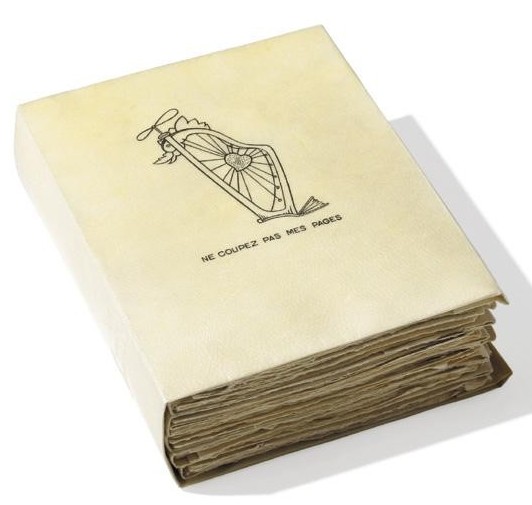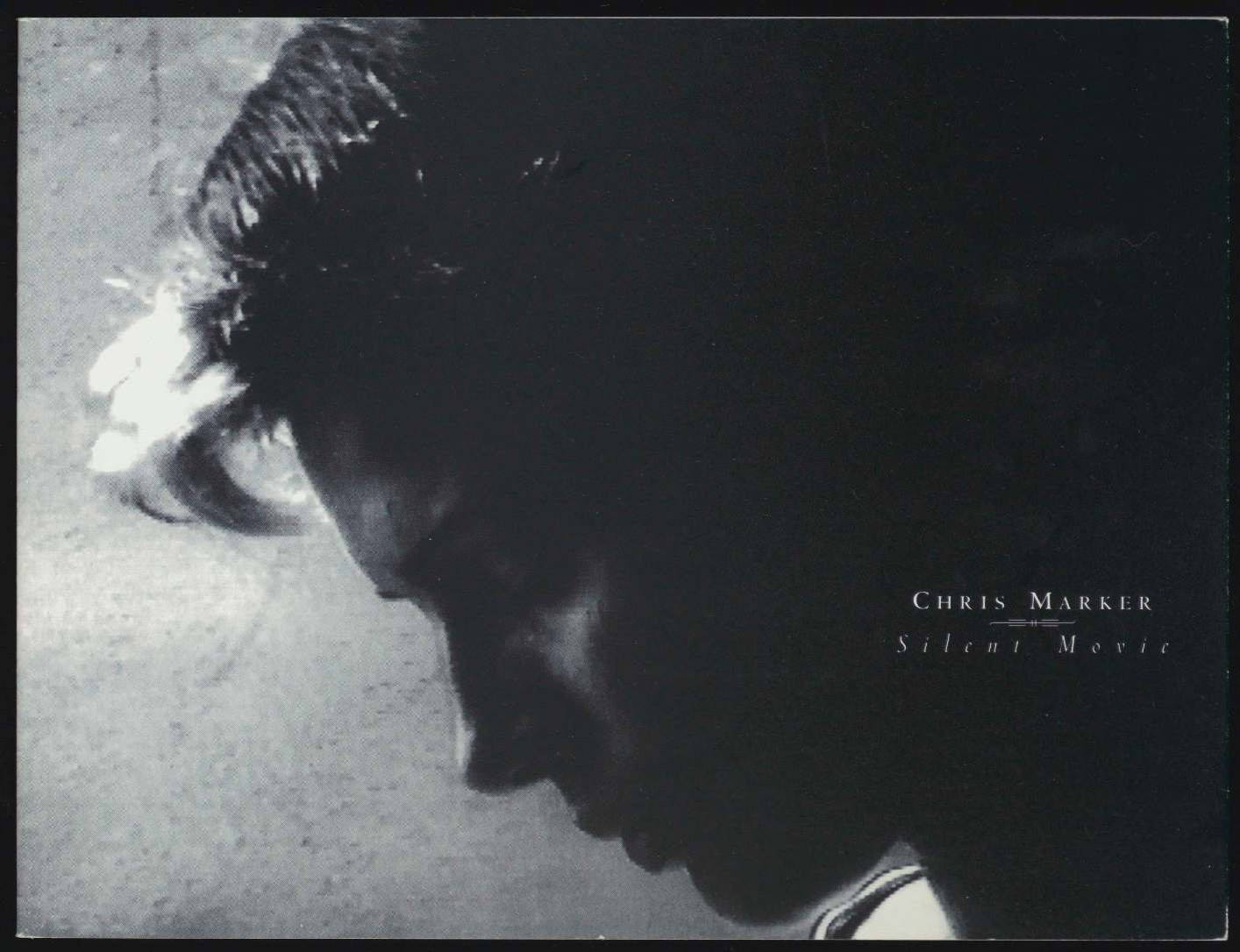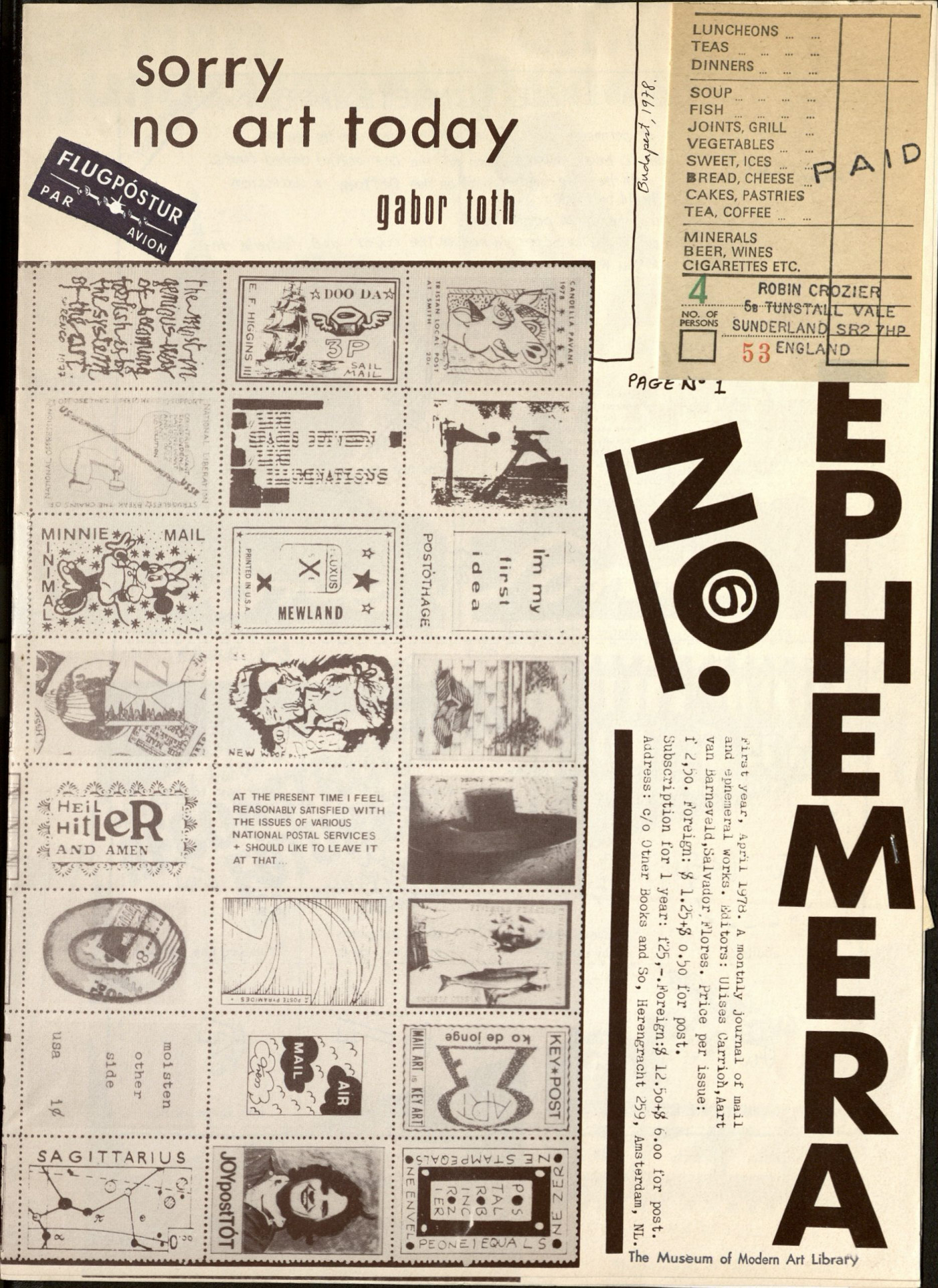Iliazd (ed.): Poésie de mots inconnus (1949)
Filed under artist publishing, poetry | Tags: · avant-garde, dada, poetry, sound poetry, visual poetry

An early anthology of experimental visual and sound poetry featuring poems by 21 avant-garde authors and illustrated with seven woodcuts, six etchings, two engravings, three drypoints, two aquatints, and six lithographs.
“Iliazd was well acquainted with the work of James Joyce, of Christian Morgenstern, and other writers who had played with the phonetic and graphical potential of language in the 19th and 20th century. But he chose to focus on the work of his peers, those figures within the modern movement of the first decades of the 20th century with whom he had been acquainted, and whose experiments he wished to bring to light and into a formal platform for recognition. He had good reason, in the late 1940s in Paris, to want to do this, as a gauntlet thrown down by the newly arrived upstart poet-theorist of Lettrism, Isidore Isou, challenged the emerging history of avant-garde literature with claims about the originality of his inventions.” (Source)
Poems by Ibronke Akinsemoyin, Pierre Albert-Birot, Hans Arp, Artaud, Jacques Audiberti, Hugo Ball, Nicolas Beaudin, Camille Bryen, Paul Dermée, Raoul Hausmann, Vincente Huidobro, Iliazd, Eugène Jolas, Velimir Khlebnikov, Alexei Krutchonykh, Pablo Picasso, Boris Poplavsky, Kurt Schwitters, Michel Seuphor, Igor Terentiev, Tristan Tzara.
Images by Arp, Georges Braque, Bryen, Marc Chagall, Oscar Dominguez, Serge Férat, Alberto Giacometti, Albert Gleizes, Hausmann, Henri Laurens, Alberto Magnelli, André Masson, Henri Matisse, Jean Metzinger, Joan Miró, Picasso, Léopold Survage, Sophie Taueber-Arp, Edgard Tytgatt, Wols, Ribemont-Dessaignes.
Publisher Le Degré Quarante et Un (Iliazd), Paris, 1949
26 folded sheets, 32 x 25 cm
Edition of 157
via MoMA
Commentary: Johanna Drucker (Amodern, 2016).
Comment (0)Chris Marker: Silent Movie (1995)
Filed under artist publishing, catalogue | Tags: · cinema, film, film history, silent cinema, silent film

In Silent Movie, “Marker employs five-channels of video, each a thematic exploration of early cinema. Film images disclosing ‘The Journey,’ ‘The Face,’ ‘The Gesture,’ and ‘The Waltz’ occupy four of the monitors while on the fifth (and middle) monitor is a collection of ninety-four silent-era intertitles, ‘telling short, mysterious pieces of unknown stories.’ These moving images travel through a computer interface that assembles an ever-changing array of sequences. At any given moment, each passage is in unique juxtaposition with the other images passing across the surrounding monitors. Coloration, tone, and association are governed by chance contiguities; even the intertitles narrate across a field of fluid relationships.” (Source)
“Silent Movie. To give an installation the name of something that never existed is probably less innocent than the average cat may infer. There was never anything like silent cinema, except at the very beginning, or in film libraries, or when the pianist had caught a bad flu. There was at least a pianist, and soon an orchestra, next the Wurlitzer, and what contraptions did they use, in the day of my childhood, to play regularly the same tunes to accompany the same film? I’m probably one of the last earthlings–the ‘last,’ says the cat–to remember what themes came with what films: ‘A Midsummer Night’s Dream’ on Wings (the dogfights), Liszt’s ‘The Preludes’ on Ben Hur. A touch of humour noir here, to think that the saga of the young hebrew prince was adorned by Hitler’s favorite music, which in turn explains why you hear it more often than Wagner on the German war newsreels–but I get carried away. …”–Chris Marker (book page 15)
Edited by Ann Bremner
Publisher Wexner Center for the Arts, Ohio State University, Columbus/OH, 1995
ISBN 1881390101
40 pages
via MoMA
PDF
Video excerpt (8 min)
Ephemera, 1-12 (1977-78)
Filed under artist publishing | Tags: · mail art

Ephemera: a monthly journal of mail and ephemeral works was an artists’ magazine edited by Ulises Carrión, Aart van Barneveld and Salvador Flores, and published in 12 numbers by Other Books and So, Amsterdam, between 1977-78. Ephemera published contributions that the editors received daily through the international network of mail art. The magazine is a key example of the ‘assembling’ genre of mail art: compilation-style publications that emphasize the networked nature of mail art within their production process. As Guy Schraenen writes, Ephemera testifies to Carrión’s idea of mail art as a “cultural strategy” that rejects notions of subjectivity and authorship, “revealing an immense diversity in the aesthetics, conception, and geographical origins of the works”. (More)
Publisher Other Books and So, Amsterdam, 1977-78
via srrrh

